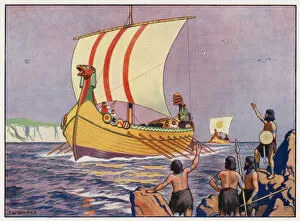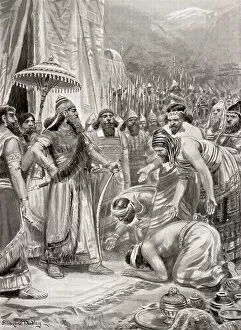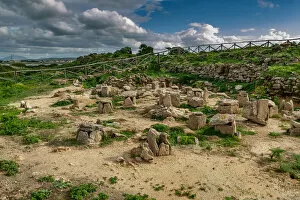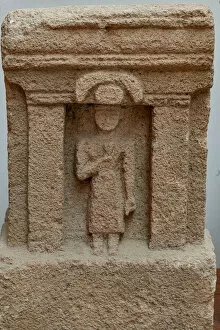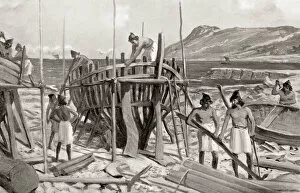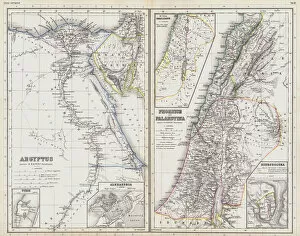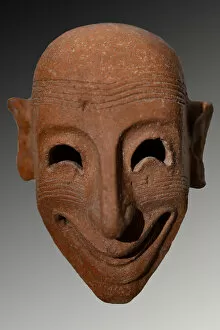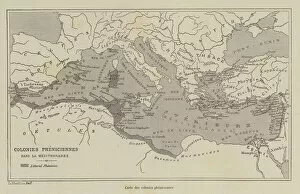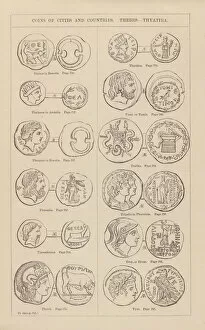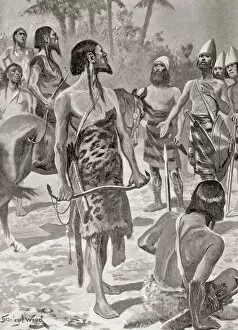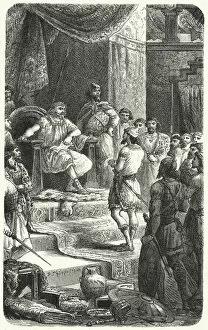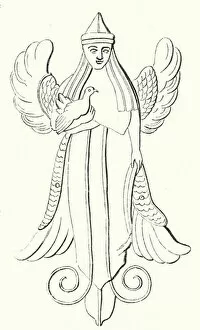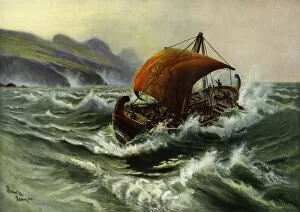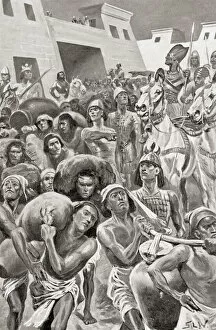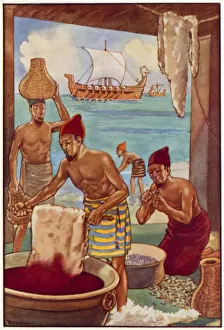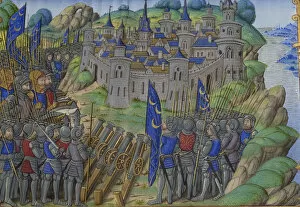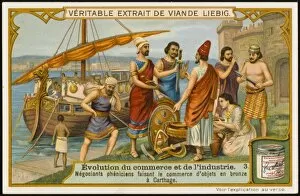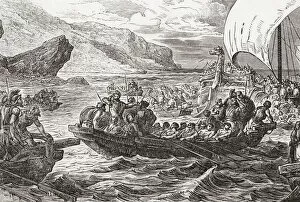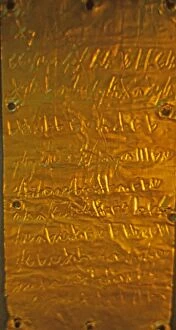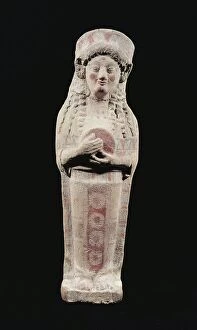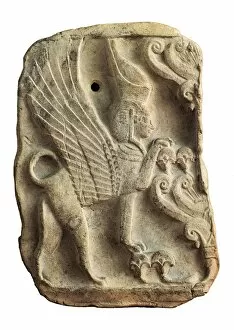Phoenicians Collection (#2)
The Phoenicians, known for their remarkable contributions to ancient civilization, left an indelible mark on history
For sale as Licensed Images
Choose your image, Select your licence and Download the media
The Phoenicians, known for their remarkable contributions to ancient civilization, left an indelible mark on history. Their rich cultural heritage is beautifully depicted in the bust of goddess Tanit, a symbol of Carthaginian art and sculpture. Drawing inspiration from Homeric cosmogony, they embraced a deep understanding of the universe. Hannibal Barca, a prominent figure in Phoenician history, is immortalized in a striking bust that showcases his strength and leadership. The Greek triremes engraved on warships highlight their prowess at sea and their significant role in naval warfare. Even Selfridge and Co recognized the allure of Phoenician culture as seen in their advertisement featuring fashion inspired by Aegean Phoenicia. Women carrying water buckets behind a harpist exemplify the harmonious blend of daily life with artistic expression. Coins minted during this era provide glimpses into historical events such as Hannibal's reign where he is depicted alongside an elephant - representing his military might. Hiero II of Syracuse also commemorated his rule through coinage showcasing his power and influence. Nature too holds remnants of Phoenician existence; an olive tree protected for over two thousand years stands as a testament to their agricultural expertise and reverence for nature's gifts. Their religious devotion can be witnessed through artifacts like the bearded male worshipper dating back to 650 BC circa. This portrayal reflects their spiritual connection with deities and rituals practiced during that time. However, not all moments were filled with prosperity; Nebuchadnezzar II's siege on Tyre from 586-573 BC serves as a reminder of the challenges faced by these resilient people who endured hardships while striving to preserve their city against external threats. One cannot forget the legendary clash between Scipio Africanus and Hannibal Barca - two great military minds locked in battle. This epic confrontation epitomizes both sides' determination to protect what they held dear.


